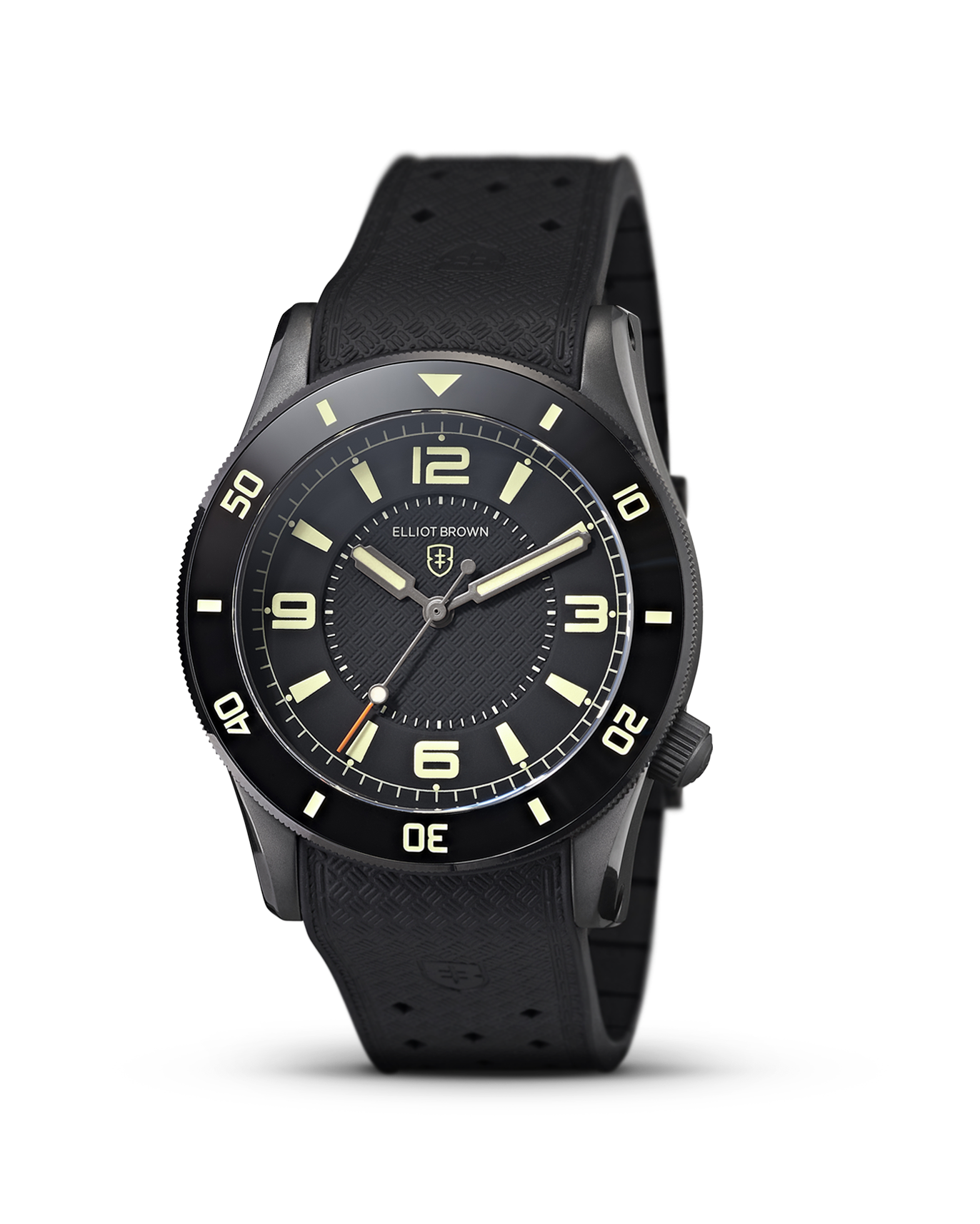
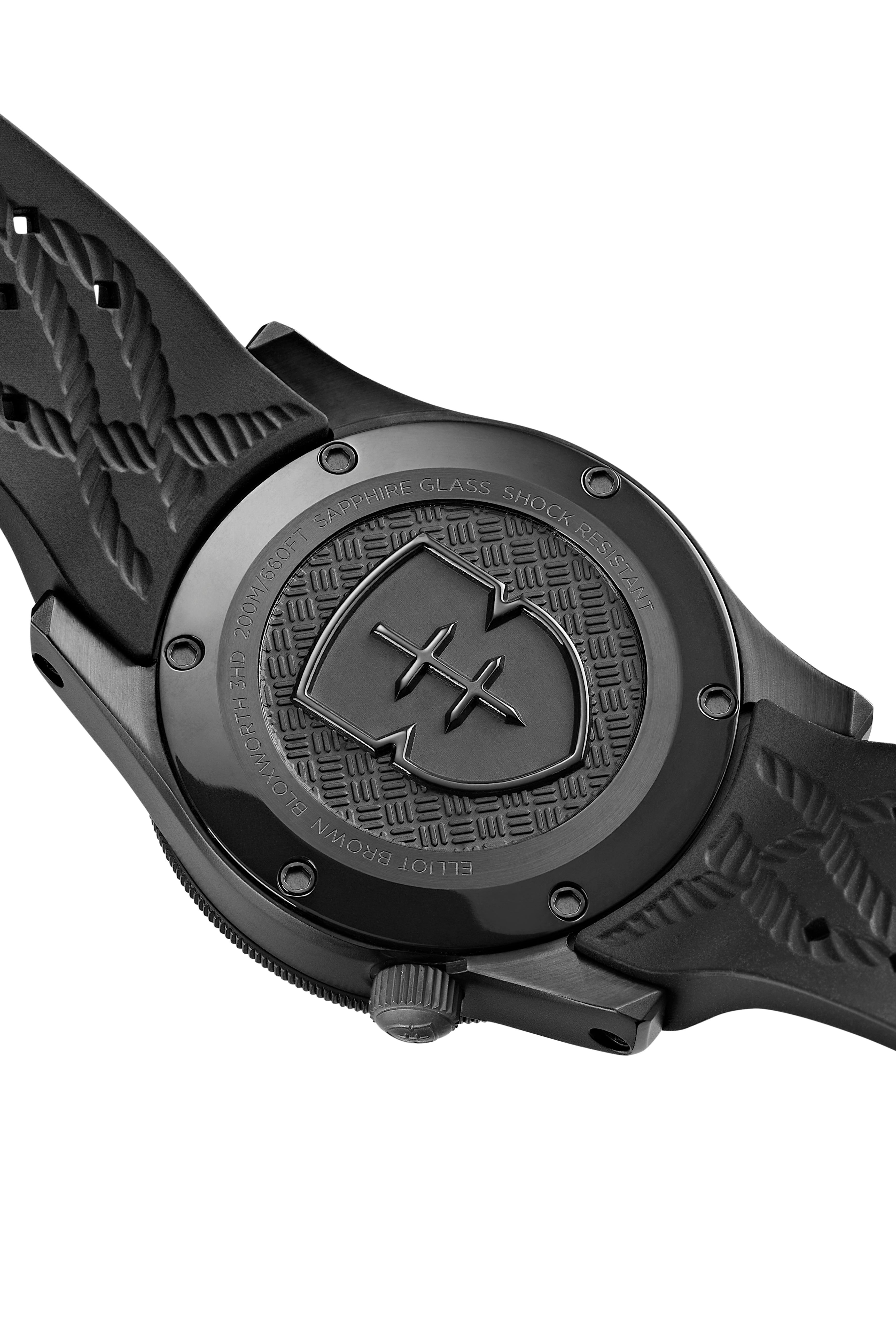
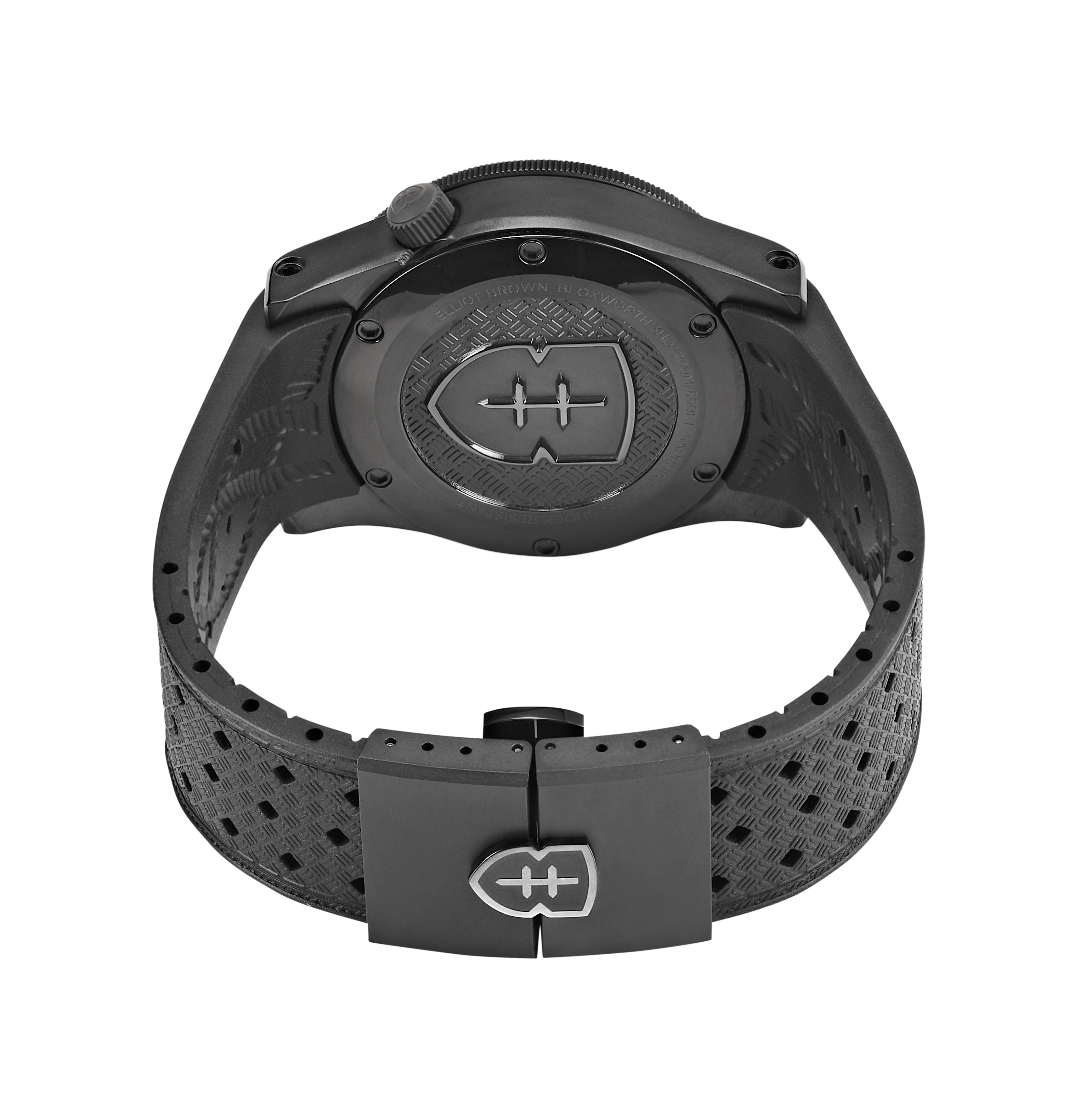
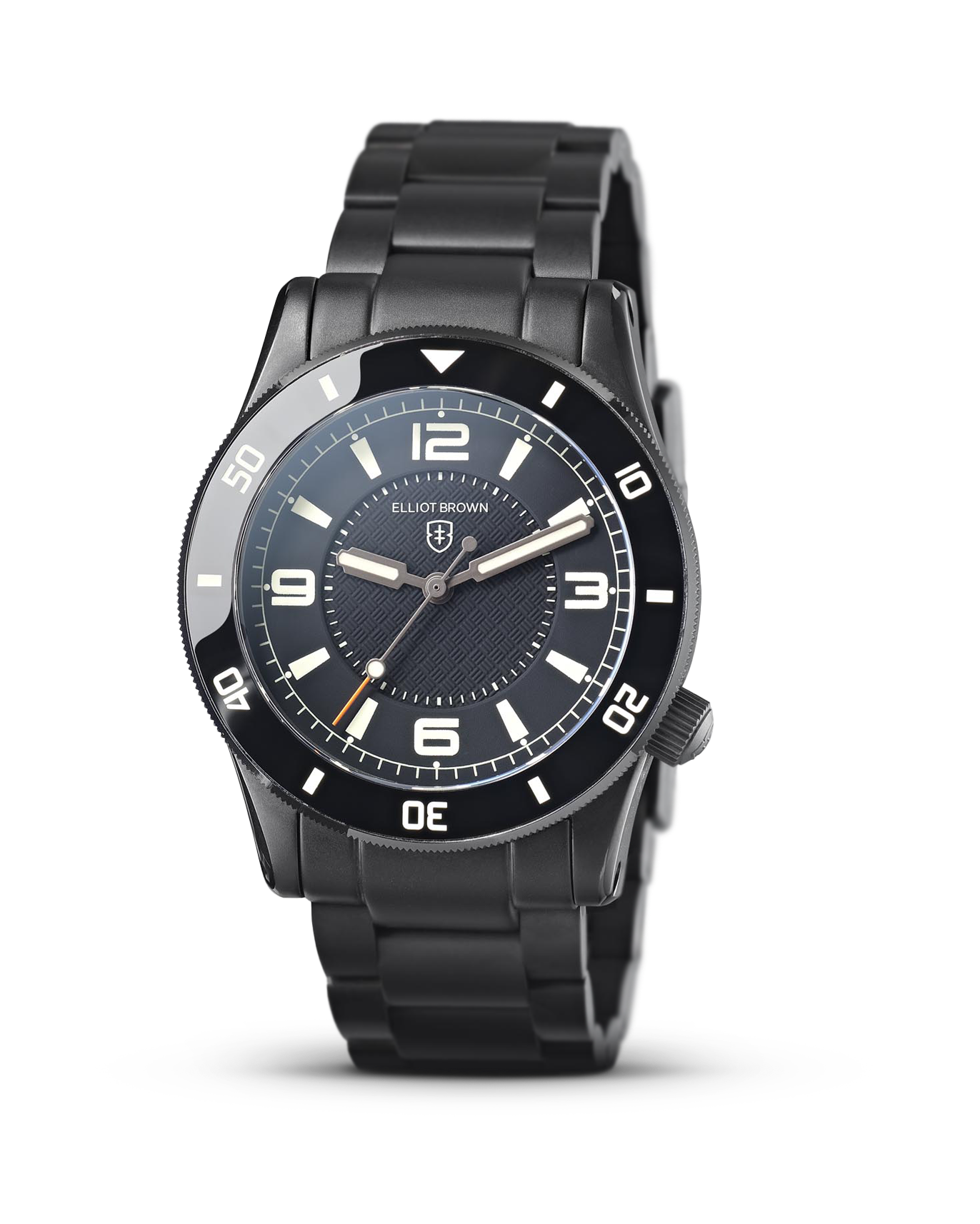
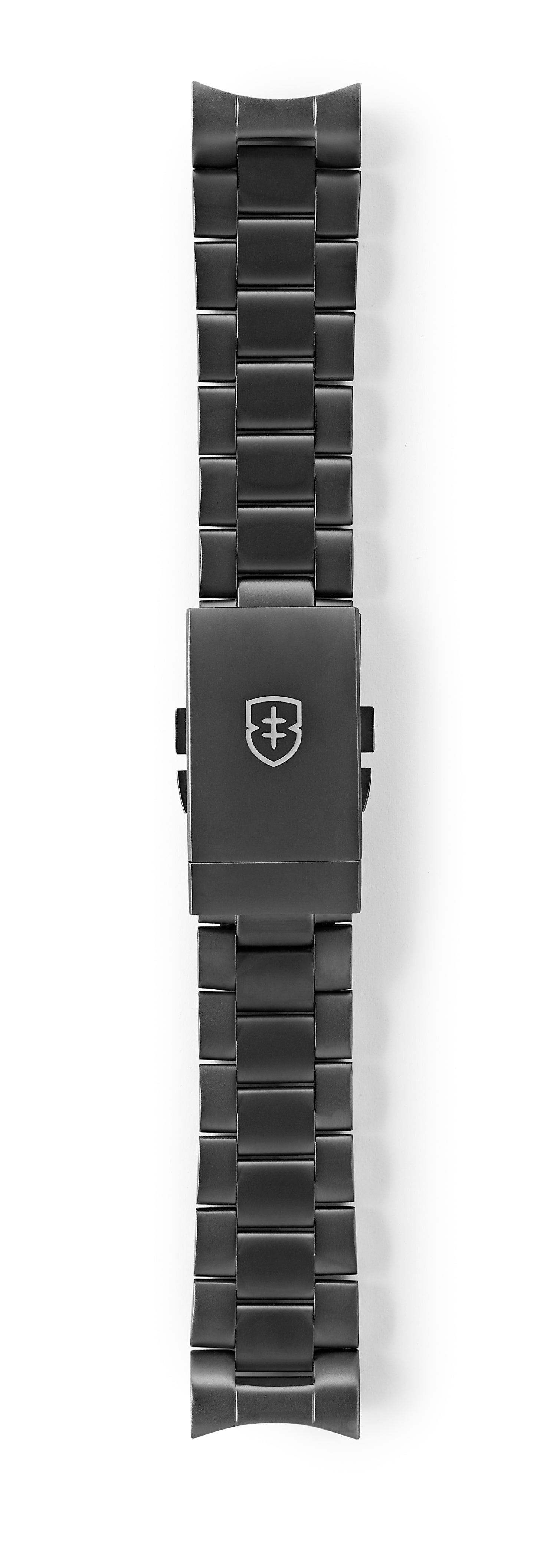
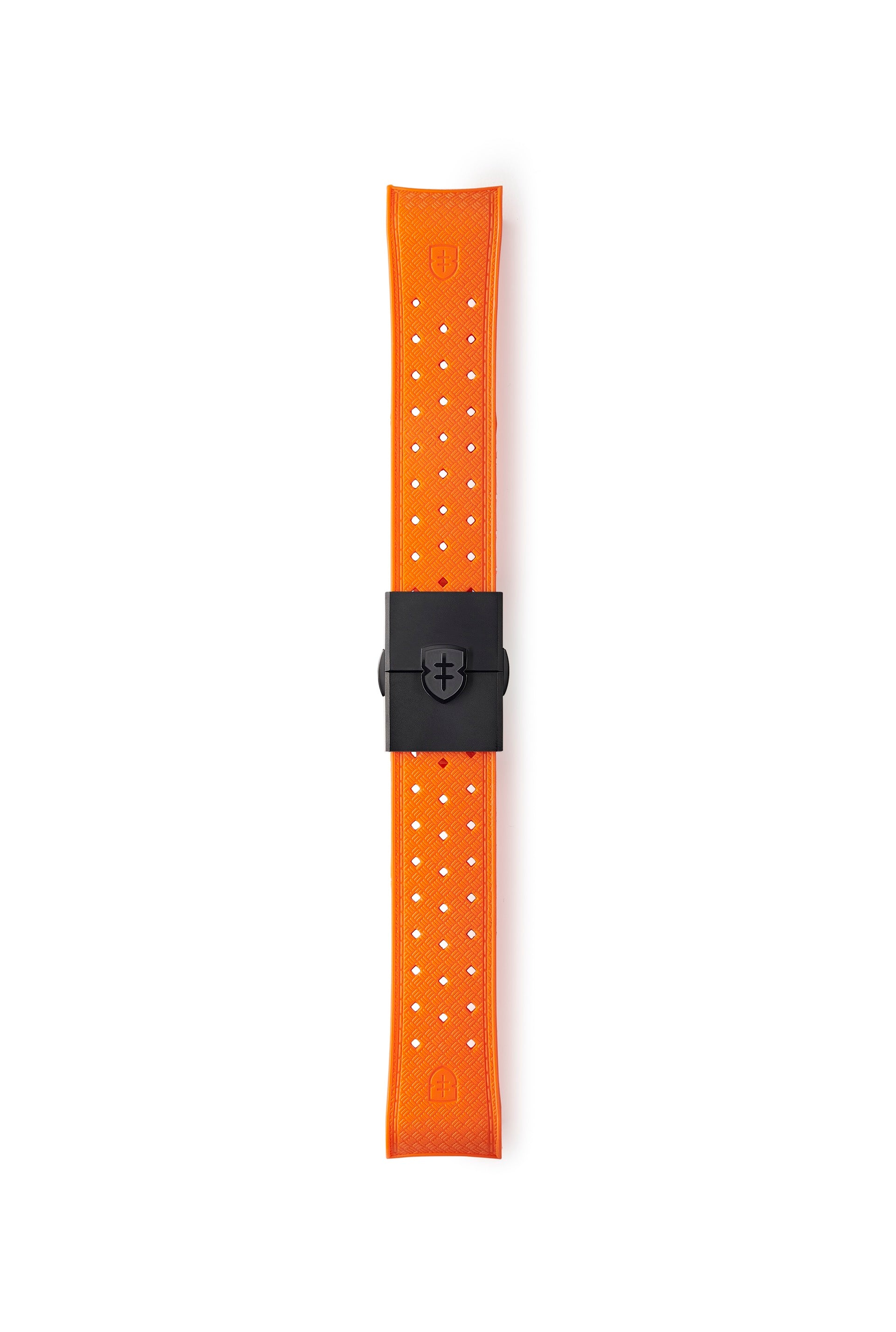
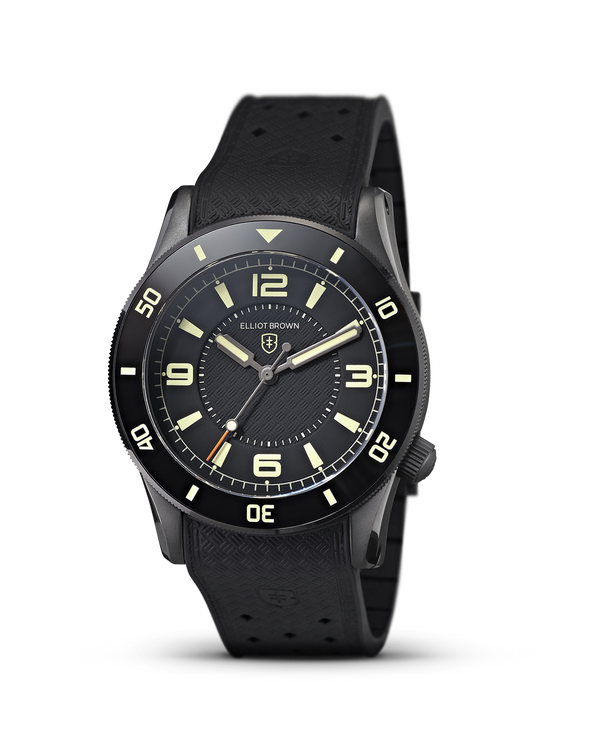
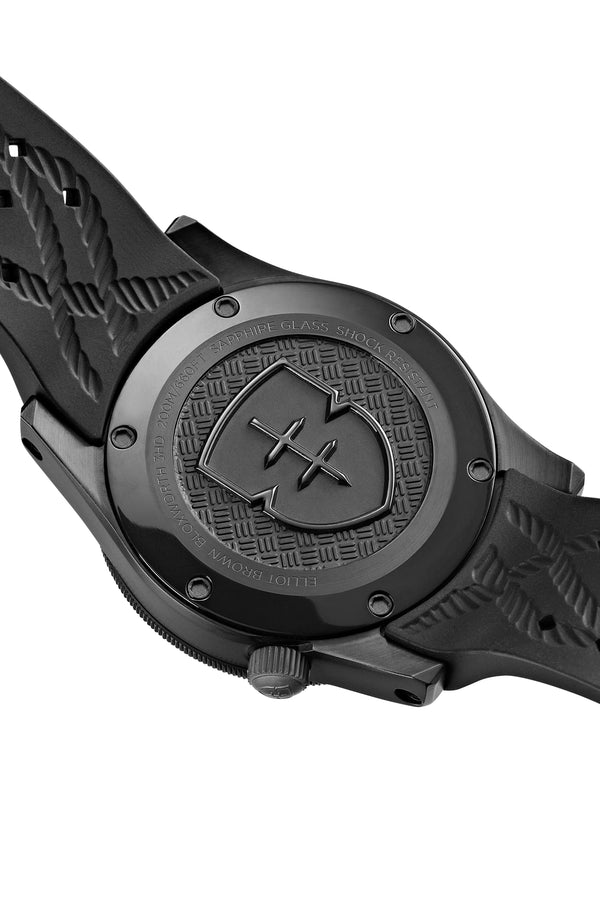
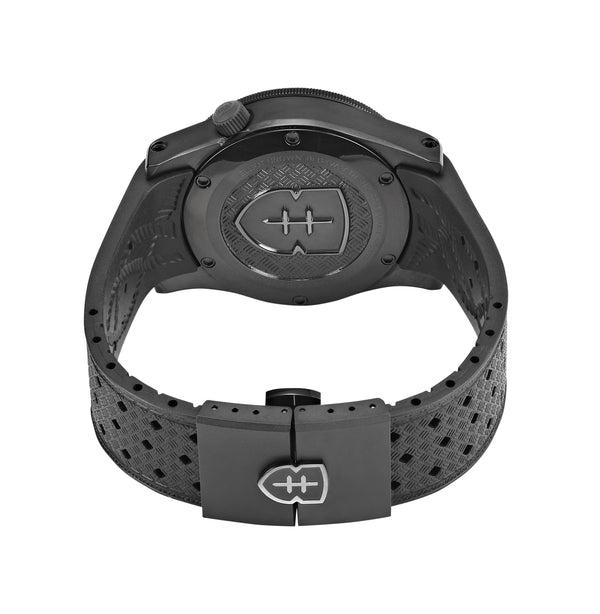
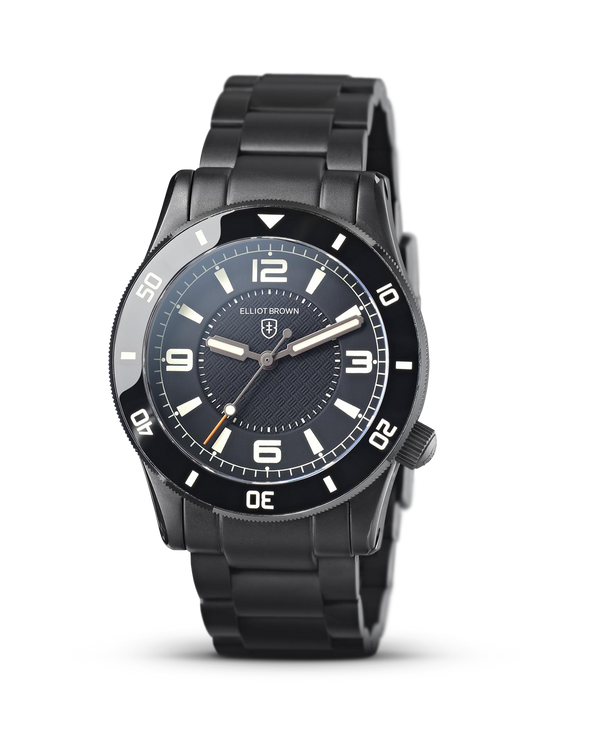
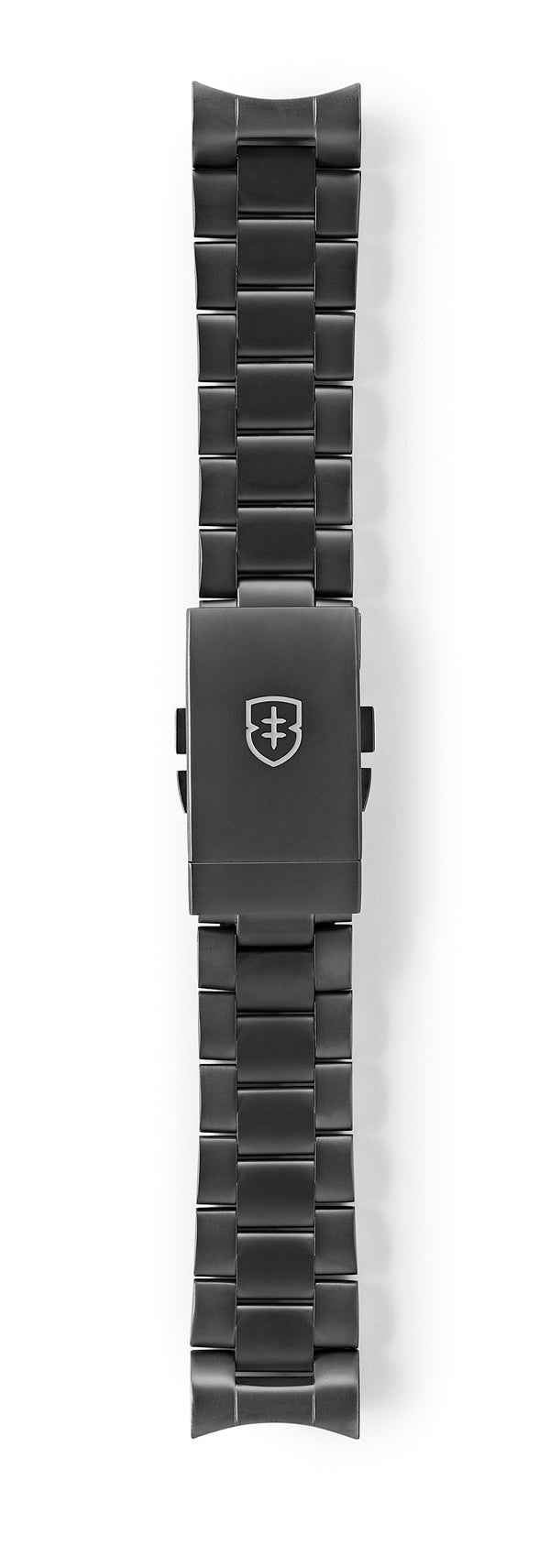
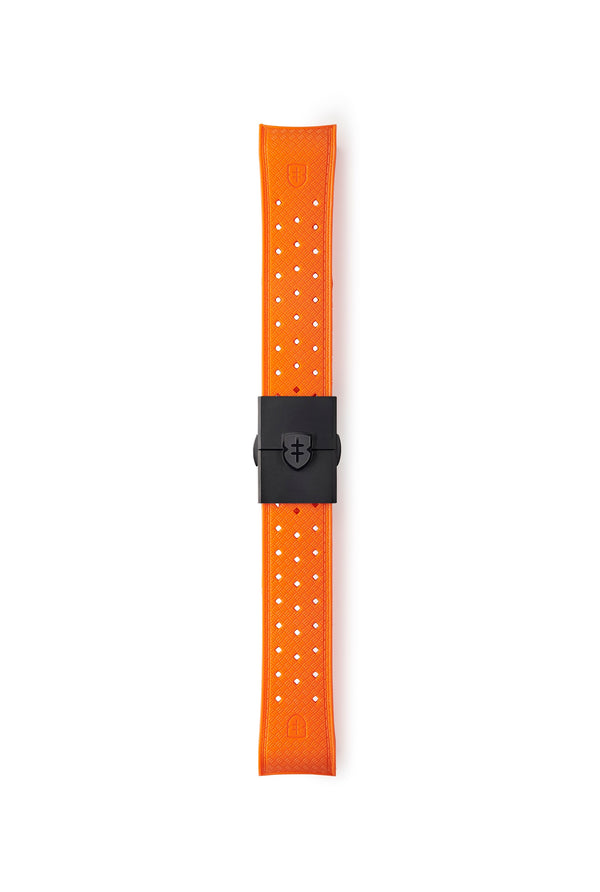
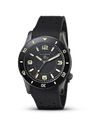
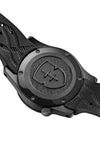
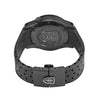
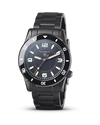
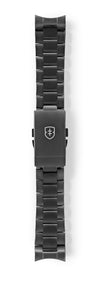
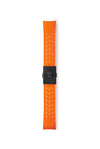
A simple change of case colour from light to dark with everything perfectly matched creates a subtle stealthy vibe. Less is definitely more.
So finely executed is the vapour blasted dark gunmetal finish on this ‘102 model that it almost looks ceramic. The precision of the case finishing is so beautifully highlighted with highly detailed ‘pops’ of gloss that lift it to another level. The overall effect is a watch that looks ready for duty but is so easy on the eye and on the wrist.
The highlights don’t start and end with the case finishing though. The scratch resistant ceramic bezel insert with flush, highly lumed batons and numerals allow clear low 'viz’ timing, whilst perfectly framing the dial and box profile sapphire crystal that gently rises into a shallow dome. It’s the perfect profile to compliment the classic dive title.
The two layer sandwich dial of this model is discreet with a smooth black central lower layer framed by a subtle chamfer just outside the micro markers. Matt tungsten coloured hands with a warm sand lume colour infill, command just the right amount of attention from the eye, set against the clarity of the ultra bold dial markers. Both glow for up to 8 hours after a good ‘charge’ in daylight for great visibility on all conditions.
The basket weave texture on the outer surface of the fitted black rubber strap suits this watch so well, sitting flush against the matt case with a subtle border embossed into the rubber to frame the join between the two materials just so. The textured surface is created using elements from the EB logo, which is repeated, then embossed into the soft rubber surface. The rubber strap creation has a story all of its own, with inner breather lines moulded from hand drawn lines and ropes that we see daily in our boat yard HQ. It’s fitted with functional, handsome split deployant buckle with a raised EB shield who’s outer edge is highly polished to match the case highlights. Take a look at the Instruction tab for how to custom fit your strap to you.
The basket weave continues as the primary background detail on the compressor case back, framing the raised and polished shield with a subtle matt texture. If you haven’t handled one of our watches, the case back is perfectly indicative of the detail we go to in everything we do; resolved, well considered, highly functional and virtually never seen by anyone other than you, but you’ll know.
Fitted with an optional matching B09 bracelet, this watch is simply stunning or dress it down with a heritage webbing strap for a more functional, military vibe. All strap changes on our 22mm strap ranges are a cinch thanks to the quick-change unbreakable strap bars.
Much like a metal bracelet that starts off at its longest, your rubber strap starts long and is designed to be adjusted to fit.
Allow yourself plenty of time, and try your watch and strap on your wrist before you start cutting to work out how much to shorten the strap by.
Having looked at the strap length on your wrist, if you need to shorten the strap, take the watch off, place it on a soft surface and remove one strap end from the buckle using the pointed tool (included) to push into the holes in the sides of the buckle to release the spring bar. Be careful not to lose the spring bar.
With a sharp knife or scissors, carefully cut just one section from the free end, cutting neatly and carefully along the centre of the first guide groove on the inner surface of the strap at the end nearest the buckle. Don't be tempted to cut two sections at once.
Now refit the strap end back into the buckle depressing the spring bar to locate into the hole position nearest the centre join of the buckle. Use your fingernail or a spring bar tool if you have one.
Now try the strap on your wrist again - it’s surprising how much removing just one rubber section changes the size.
If the strap still needs to be smaller, repeat the above steps, alternating which side you cut down until the strap is the perfect length.
Each time, re-attach the strap using the holes nearest the centre of the buckle so you can always increase the size a little just in case.
The attachment holes in the buckle are half the length of the strap sections so if you end up a tad too tight or a tad too loose, adjust which set of holes the strap attaches to in the buckle until it’s perfect.
It pays to be patient so you don't end up cutting your strap too short. Remember as your body temperature increases, your wrist size will increase too.
VAT saving - At checkout, 20% UK VAT (sales tax) is automatically removed when you enter a non-UK delivery address.
Import taxes & duties - You’ll be responsible for any import duties, tariffs, and/or state taxes when your watch is delivered


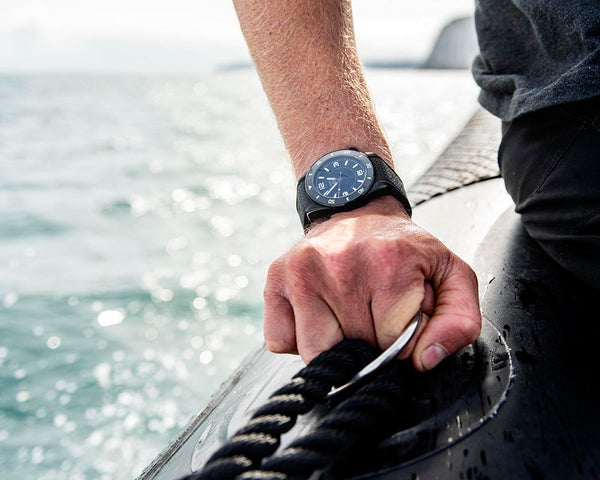
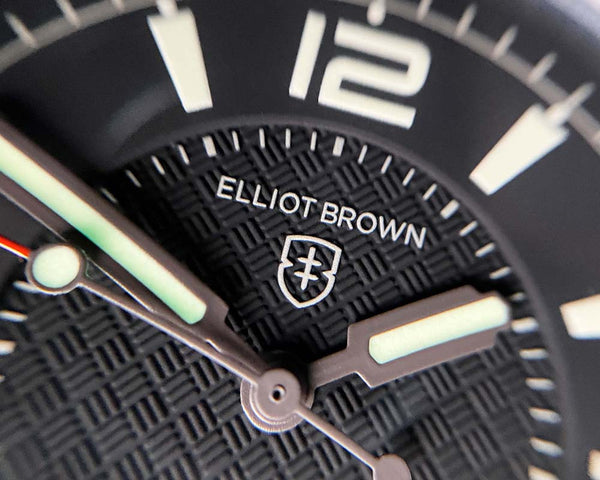


© 2025 Elliot Brown Watches Site by Mad River









